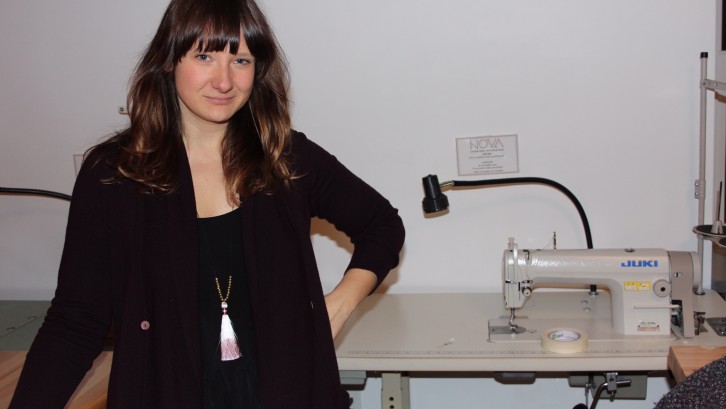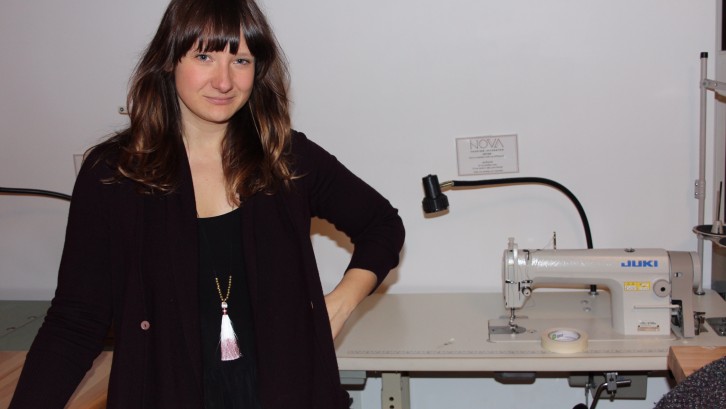Fashion
The art of trend forecasting
How style gets from the runway to the street

caption

caption
Anna Gilkerson owner of Makenew gives a workshop Wednesday on trend forecasting.With runway season coming to an end, including Paris Fashion Week which had its last show Wednesday, trends will start to make their way from the runway to the sidewalks.
Anna Gilkerson, the owner of Makenew in Halifax’s north end, explains trend forecasting and what inspires the clothes we put on.
Gilkerson has worked for companies such as Buffalo Jeans and Dalia, and she has taught fashion design and trend forecasting at the Centre for Arts and Technology for three years.
What is a trend?
A fashion trend is a style of dress that is popular at a specific time. Trends can be short term, meaning they’re popular for a shorter period of time and then gradually fall. Trends can also be long term, popular for a longer period of time with more adaptations, and eventually fall.
“It starts off pretty basic – you’ve got your trend, then it changes – you’ve got all these colours and then the designers are like ‘people are still buying this but we need to keep making it more interesting so we can keep selling it’,” said Gilkerson.
Trends differ from classics, which are a style of clothing that is basic, standard, reinvented over the long term, and never go away. A trench coat is an example of a classic.
“You’ll see that basic style being changed here and there, but it never really changes,” she said.
Trends also differ from fads, such as Crocs footwear, that are short-lived crazes that rise and fall quickly.
What is the role of a trend forecaster?
“As a trend forecaster, you have to discern from what you like, as to what’s actually going on, so you’re more of a data collector than anything,” said Gilkerson.
A fashion trend forecaster is responsible for predicting what fashion trends will be popular in both the short and long term.
Each category of clothing is treated differently. There’s womenswear, menswear, accessories and children’s wear. Then it’s broken down again, for example womenswear becomes evening, ready to wear, intimates, swimwear and so on.
Fashion forecasters will look at which colours, silhouettes, textures and fabrics will become a trend. They produce two major reports per year and sometimes small reports in between. Each report is tailored to a specific category, for example a bridal designer would look at a bridal forecast.
“(It’s) the study and recording of and presentation of fashion trends,” Gilkerson said. “You can’t just come up with, ‘I think this is going to be a trend’. There has to be a history, there has to be proof of what you are going to be recording.”
Forecasters collect data from fashion shows, to identify common themes. They even look at current global issues such as the economic recession, societal issues and terrorism that influence trends in the fashion industry.
What trends will we start to see?
Gilkerson looked at the New York, Milan, Paris and London fashion weeks to create a report for womenswear fall 2016-17 for a workshop this week. Crazy coats, overt ruffles, statement trousers, velvet, the colour pink, sparkle and shine, prints, strong shoulders and fringe were all things she noticed on the majority of this year’s runways.
“This is when you can look at the trends and take from it what you want,” Gilkerson said.
Gilkerson said he believes Halifax is no different from any other place and that we will see these trends, but Halifax itself is not a fashion capital.
“As far as tracking a trend or evaluating trends – forecasters go to much bigger cities to do that,” she said.

